The audit examined BCTS’s operational planning; timber harvesting; road construction, maintenance and deactivation; silviculture; and fire protection practices for the period of August 1, 2002, to August 22, 2003.
As detailed in the Report from the Auditor, the audit found that except for the failure to meet free-growing obligations, the operational planning; timber harvesting; silviculture; road construction maintenance and deactivation; and fire-protection planning and activities of BCTS were in compliance with the Forest Practices Code, in all significant respects.
In November 2002, a guide outfitter (the complainant) asked the Board to investigate several range use issues on the Choelquoit range, south of Alexis Creek near Chilko Lake. The complainant asserted that the Ministry of Forests (MOF) wrongly believed that, in 2001, the complainant's horses overgrazed a pasture when cattle belonging to adjacent licensees were responsible for the alleged overgrazing. The complainant asserts that the adjacent licensees allowed cattle to trespass onto the overgrazed pasture because they did not maintain fences between adjacent pastures, as required in their range use plan. The complainant also asserted that MOF knew about the trespassing cattle, but did not enforce the requirements of the licensees' range use plan or the Forest Practices Code of British Columbia Act and related regulations.
The Board investigated whether grazing and range practices complied with the Code, and whether the requirements of the range use plan were appropriatenly enforced by MOF.
In 2001, the Forest Practices Board completed a comprehensive examination of range practices carried out under the Forest Practices Code of British Columbia Act and related regulations (the Code) in the Horsefly Forest District. The examination had three components: an audit of range agreement-holders’ compliance with the Code; an audit of the appropriateness of government enforcement of the Code for range practices; and a survey to determine whether forest resource objectives established under range agreements were being achieved on the ground.
The Forest Practices Board has completed an assessment of the health of riparian areas subject to cattle grazing on Crown land across four forest districts in the southern half of British Columbia. Ten indicators of riparian health, or proper functioning condition, were measured at 391 sites in Cranbrook, Kamloops, Horsefly and Penticton districts. Half of the sites were on streams and half on wetlands and lakes.
Cattle lightly use the majority of riparian areas. Approximately 12 percent of riparian areas are heavily used based on our estimates of forage utilization. Overall, 71 percent of the sites are at proper functioning condition, 16 percent are functional at risk and 13 percent are non-functional. Significant differences were found between districts, with the percentage of sites at proper functioning condition ranging from 49 percent to 97 percent. The largest proportion of sites at proper functioning condition occurred in the moister biogeoclimatic zones, while the drier zones had the greatest proportion of nonfunctional sites. Riparian health scores and faecal counts in riparian areas were better in community watersheds than elsewhere. Individual pasture management was found to be a significant factor in maintaining riparian health.
This special investigation is about whether operational plans in an area used by caribou in early winter met the requirements of the Forest Practices Code of British Columbia Act, its regulations and its guidebooks (the Code).
The Board initiated this investigation to address concerns that were identified during, but outside the scope of, a previous Board investigation of FDP consistency with the Cariboo-Chilcotin Land Use Plan: FPB/SIR/06, Implementation of the Cariboo-Chilcotin Land Use Plan in Forest Development Plans. The complainant in that previous investigation believes that several recently approved operational plans will result in damage to habitat used by caribou in early winter.
